Tights are a versatile wardrobe essential, offering comfort, style, and support for various occasions. Whether you’re looking for a sleek, polished look for the office or comfortable leggings for a workout, the fabric of your tights plays a major role in their overall fit and feel. The right fabric provides stretch, breathability, and moisture-wicking properties, ensuring you stay comfortable all day long. In this article, we’ll explore the best fabrics for tights, helping you choose the perfect pair for ultimate comfort and flexibility.
1. Cotton: Soft and Breathable
Cotton is one of the most popular fabrics for tights, thanks to its natural softness and breathability. It’s gentle on the skin and allows for air circulation, making it an excellent choice for everyday wear. Cotton tights are often favored for their comfort and hypoallergenic qualities, as they are less likely to irritate sensitive skin.
However, cotton tights tend to lack the moisture-wicking capabilities that synthetic fabrics offer, meaning they may not be the best option for intense workouts or long-lasting wear in hot climates. Cotton also has a bit less stretch, so they may not offer the same level of shaping as other materials.
- Best for: Everyday wear, office settings, casual outfits.
- Pros: Soft, breathable, hypoallergenic.
- Cons: Less moisture-wicking, limited stretch.
2. Nylon: Durable and Smooth
Nylon is a synthetic fabric that’s known for its durability, smooth texture, and excellent stretch. This fabric is commonly used in tights due to its ability to maintain its shape over time and resist snags and tears. Nylon also provides a sleek, smooth finish that’s perfect for creating a polished, seamless look under dresses and skirts.
Nylon tights tend to be more supportive than cotton, offering a good amount of elasticity. They are also lightweight and breathable, but they can lack the natural softness of cotton. Many nylon tights are blended with other fabrics like spandex or elastane to improve stretch and comfort.
- Best for: Formal wear, office outfits, everyday use.
- Pros: Durable, smooth, resistant to snags.
- Cons: Less breathable than natural fabrics, may feel less soft than cotton.
3. Spandex (or Lycra/Elastane): Stretch and Flexibility
Spandex, often referred to by its brand names like Lycra or Elastane, is a fabric renowned for its exceptional stretch and flexibility. It offers a high level of elasticity, allowing tights to mold to your body and move with you. Spandex is often blended with other materials like nylon or cotton to enhance the overall stretch and comfort of tights.
Tights with spandex provide a snug, body-hugging fit that offers both comfort and support. This fabric is also moisture-wicking, making it a great choice for workouts or any activity that involves movement. Its flexibility also makes it ideal for shaping tights that smooth out the waist, hips, and thighs for a more streamlined appearance.
- Best for: Workouts, athletic wear, shaping tights.
- Pros: High stretch, supportive, moisture-wicking.
- Cons: Can be less breathable when used in high percentages.
4. Microfiber: Softness and Comfort
Microfiber is a synthetic fabric made from ultra-fine fibers that are softer than traditional nylon or polyester. It provides a luxuriously soft feel and a smooth texture that’s perfect for tights worn against the skin. Microfiber tights are known for their comfort and are often used in premium tights that need to deliver both style and comfort.
Microfiber tights are breathable and moisture-wicking, making them a great choice for all-day wear. They’re also known for being lightweight and providing a seamless look under clothing. While microfiber offers a high level of comfort, it can sometimes feel less stretchy compared to spandex blends, but it’s still a versatile option for many women.
- Best for: All-day wear, office outfits, casual dressing.
- Pros: Soft, breathable, comfortable.
- Cons: Less stretch than spandex, can be more delicate.
5. Wool: Warmth and Comfort
Wool tights are an excellent option for colder climates or winter months, as they provide natural warmth while still being breathable. Wool is a natural fiber that regulates body temperature, keeping you warm without overheating. Merino wool, in particular, is known for its softness and ability to wick away moisture, making it a comfortable and practical choice for tights.
While wool tights are typically thicker and more insulating, they still offer flexibility and comfort. They’re ideal for colder weather, providing a snug, cozy fit. Wool also has natural antibacterial properties, helping to reduce odor and keep tights fresher for longer.
- Best for: Cold weather, winter outfits.
- Pros: Warm, breathable, moisture-wicking.
- Cons: Can be thicker and less suitable for warmer climates.
6. Polyester: Strength and Shape Retention
Polyester is another synthetic fabric that’s often used in tights for its durability and ability to retain its shape. It is moisture-wicking, lightweight, and resistant to wrinkles and shrinking, making it a low-maintenance option for busy women. Polyester tights also tend to dry faster than natural fabrics, which is great for active women or those who need tights that can handle a bit of sweat.
While polyester tights are durable and offer a smooth fit, they may not be as breathable as cotton or wool, which can lead to discomfort during long periods of wear. However, they are often blended with other fabrics to improve flexibility and comfort.
- Best for: Activewear, daily wear, budget-friendly options.
- Pros: Durable, moisture-wicking, wrinkle-resistant.
- Cons: Less breathable than natural fabrics, can feel less soft.
7. Silk: Luxury and Smoothness
Silk tights are a luxurious option that provides a smooth, shiny finish and a comfortable fit. This natural fabric is incredibly soft and breathable, offering a cooling sensation on warmer days and a lightweight feel. Silk tights are often chosen for formal occasions or special events, as they add an elegant touch to any outfit.
While silk is breathable and comfortable, it can be delicate and may require more care when washing. Silk tights are typically thinner and less durable than other fabrics, so they may not be the best option for everyday wear or physical activities.
- Best for: Special occasions, formal wear.
- Pros: Soft, breathable, luxurious.
- Cons: Delicate, expensive, requires special care.
Conclusion: Choosing the Best Fabric for Your Tights
When choosing tights, the fabric plays a critical role in ensuring comfort, fit, and durability. The right fabric depends on your needs—whether it’s the softness of cotton, the stretch of spandex, or the warmth of wool. Consider the season, the occasion, and your activity level when selecting the best tights for you.
For everyday wear, cotton and microfiber provide comfort and breathability, while nylon and spandex are ideal for a sleek look and flexibility. Wool tights are perfect for colder months, while silk offers luxury for special events. With the right fabric, you’ll find tights that not only feel great but also look amazing, no matter the occasion.
-
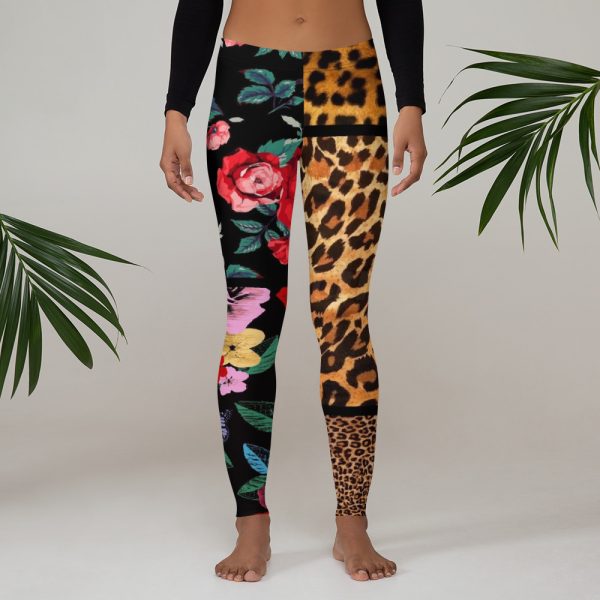 Designer Leggings Black Floral Leopard Animal Print$81
Designer Leggings Black Floral Leopard Animal Print$81 -
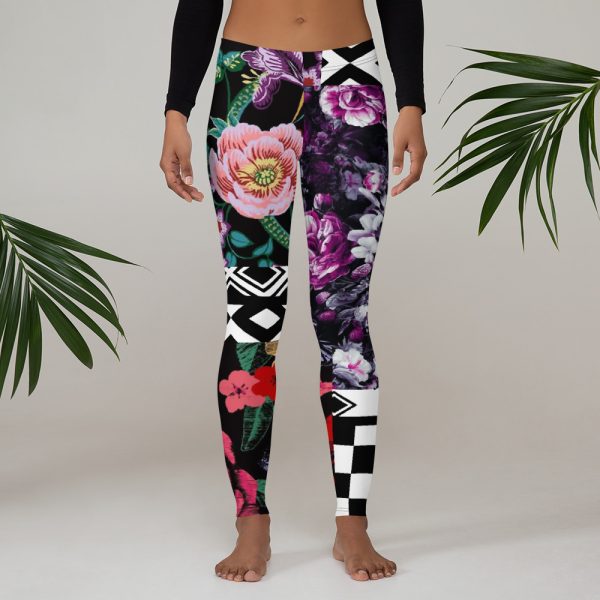 Leggings Black Floral Purple Red White Checkered$81
Leggings Black Floral Purple Red White Checkered$81 -
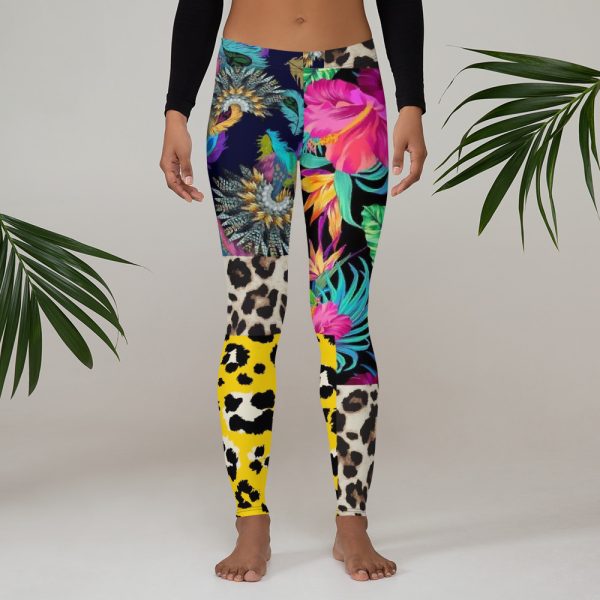 Leggings Floral Black Yellow Green Leopard Animal Print$81
Leggings Floral Black Yellow Green Leopard Animal Print$81 -
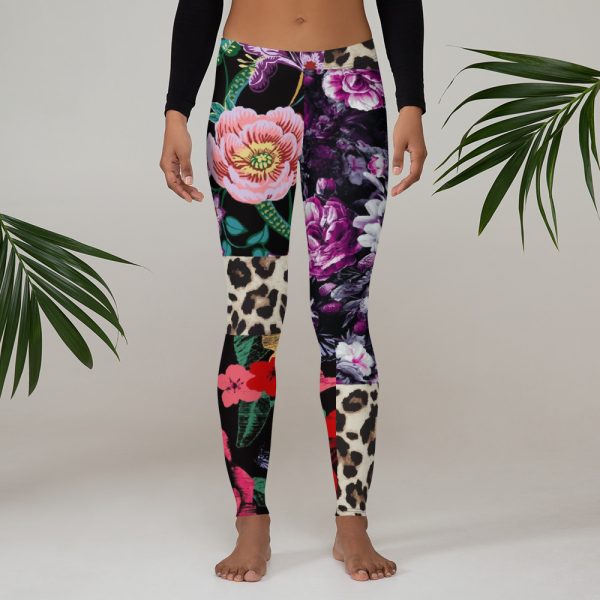 Leggings Floral Black Purple Red Leopard Animal Print$81
Leggings Floral Black Purple Red Leopard Animal Print$81 -
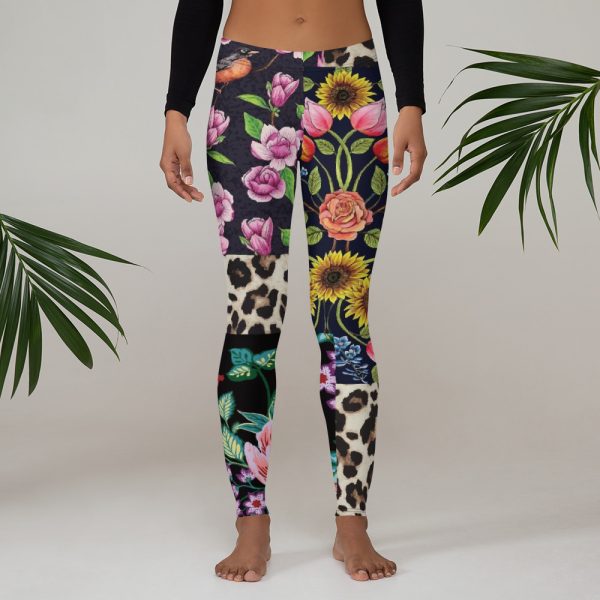 Leggings Floral Black Green Purple Leopard Animal Print$81
Leggings Floral Black Green Purple Leopard Animal Print$81 -
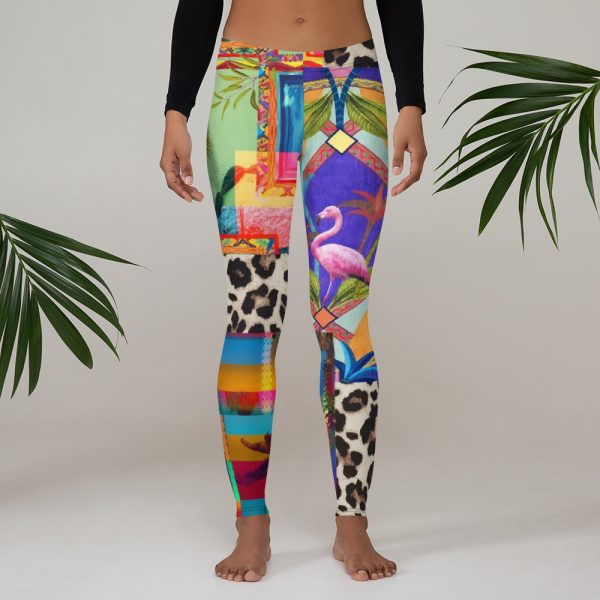 Leggings Floral Rainbow Green Green Purple Leopard Animal Print$81
Leggings Floral Rainbow Green Green Purple Leopard Animal Print$81 -
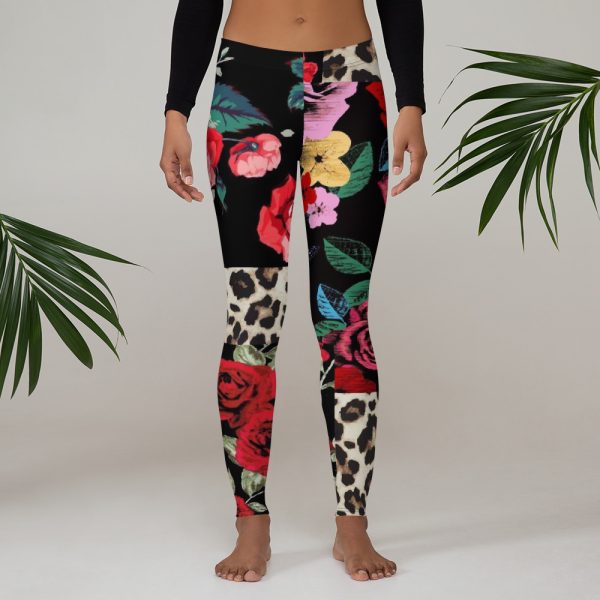 Leggings Floral Black Red Leopard Animal Print$81
Leggings Floral Black Red Leopard Animal Print$81 -
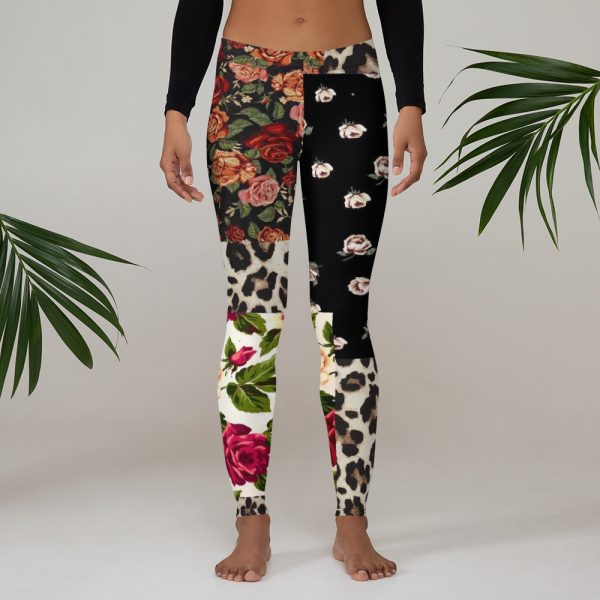 Leggings Floral Black White Brown Leopard Animal Print$81
Leggings Floral Black White Brown Leopard Animal Print$81 -
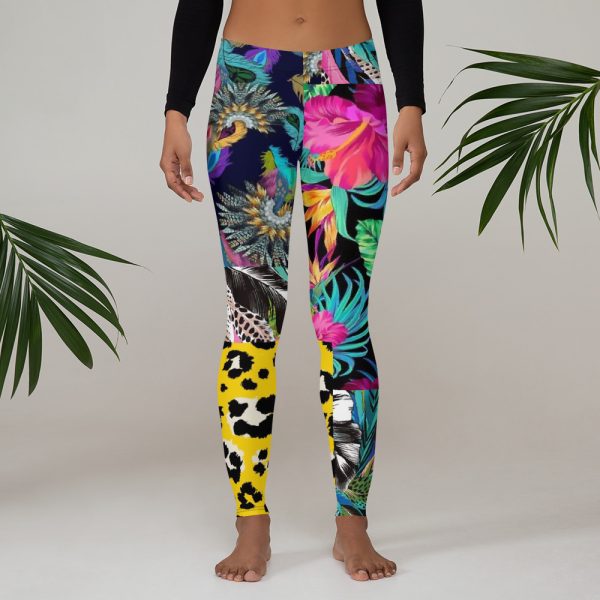 Leggings Floral Black Yellow Green$81
Leggings Floral Black Yellow Green$81